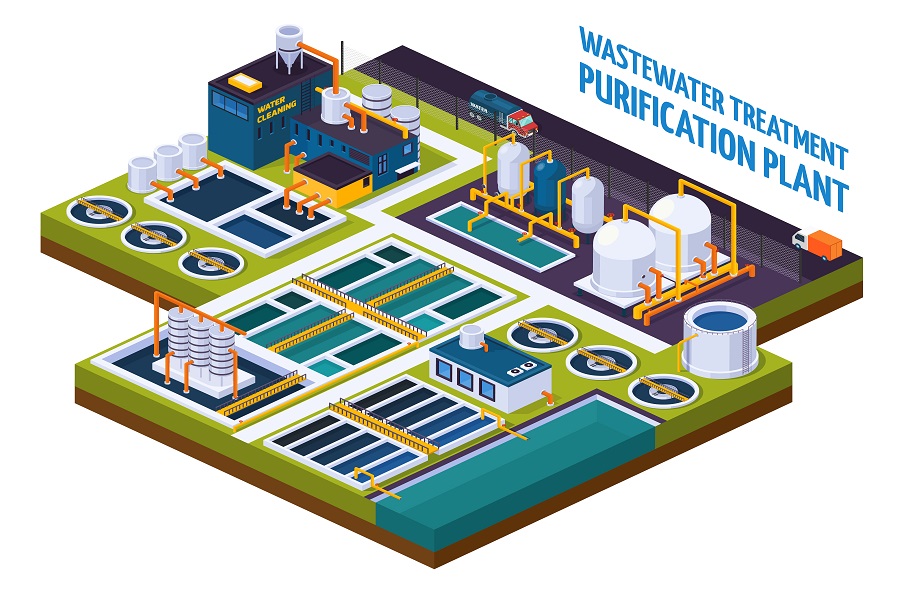Building management has always been a challenge for facility managers. Thanks to the huge volumes of fragmented data generated throughout the project and the ever-growing operational requirements.
COBie (Construction Operations Building Information Exchange) is a great tool in the process that addresses the challenges of data management. By moving construction information from paper to online, COBie Modeling Service bridges the gap between construction and facility management. It replaces home-grown exchange templates and point solutions with a more digital building information management lifecycle, revolutionizing construction documentation.
A standardized format for the exchange of information, COBie BIM captures essential information about a building or facility. This includes equipment, spaces, systems, and documentation. It arranges all the information in a structured and digital format. This makes it easier for managers to assess and analyze building operations. With the help of COBie, managers can make informed decisions.
In this article, we’ll discuss some of the most common data management challenges and how COBie modeling efficiently solves them.
Enginerio is a distinguished provider of architectural, civil, structural, and BIM implementation services. We specialize in assisting construction firms, project teams, and architects in the seamless implementation of COBie BIM. We develop BIM-specific designs, processes, and workflows, empowering them to effectively integrate BIM methodologies into their projects.
Understanding the Challenges Faced by Facility Managers
Some of the data-related challenges that facility managers face while operating and maintaining their buildings include:
- Data Fragmentation: Construction documents frequently struggle with fragmented data scattered across different spreadsheets and software platforms. The lack of data organization hampers facility managers’ access to managing crucial information in a cohesive manner.
- Manual Data Entry: Manually entering data is a laborious, error-prone task. It results in inaccuracies and a lack of complete and accurate information. This, in turn, results in operational inefficiencies while maintaining and managing buildings and structures.
- Data Incompatibility: Construction involves diverse tools, software, and formats. Traditional data management leads to significant loss during transition and translation processes. This causes confusion and hinders the smooth integration of information for hassle-free facility management.
- Contextual Information Deficiency: Contextual insights into building components and systems are quintessential for informed decision-making. The absence of such insights complicates facility management processes.
- Transitioning Complexity: Making a transition from construction to operational management is not easy. It leads to data loss or discordance and can lead to operational bottlenecks.
- Data Accessibility and Collaboration Issues: Hindered data access and suboptimal collaboration among stakeholders impede communication. It also affects the decision-making powers of facility managers who need accurate and up-to-date information for efficient facility management.
How COBie Helps to Bridge the Gap Between Construction and Facility Management?
As mentioned above, COBie is a standardized digital format for the exchange and management of building information. It enables seamless transfer of information throughout the building’s lifecycle. Right from the design and construction phase to the operational and maintenance phase of a building.
COBie dataset contains comprehensive information about the building’s components, systems, equipment, materials, and other relevant data. The information is collected and organized to ensure easy accessibility and understanding for various stakeholders. Whether you are an architects, engineers, contractors, facility managers, and owners, COBie makes data management seamlessly easy.
The Main Goal of COBie
The primary goal of COBie modeling services is to address the challenges while transiting from construction to facility management. It enables this by ensuring:
- Structured Data Capture: COBie captures data using a standardized framework. It defines the specific information required for each element of the building and ensures its consistency and completeness.
- Efficient Data Sharing: It supports effective data sharing among numerous facility management tools. This standardization eliminates inconsistencies and makes facility management easy and hassle-free.
- Accurate Data Assembly: The data assembly process involves several key steps. This includes data collection, data organization, validation, formatting, documentation, and delivery. Disparate data formats and incompatible systems lead to loss of data. This, in turn, may hinder the availability of critical information during facility management.
COBie serves as the key tool for accurately recording and delivering asset data across various project milestones. It ensures that all the asset information is accurately captured and shared. This includes equipment details, spatial relationships, operating instructions, maintenance schedules, and warranties
- Flawless Digital Handover: Traditional handover involved sharing stacks of paper documents and manuals with different stakeholders. COBie modeling transforms this process by creating a digital dataset that includes all relevant information about the building. The format can easily integrate into facility management systems.
The Construction Operations Building Information Exchange data is then exported to the COBie-enabled CMMS for a flawless digital handover.
- Effective Data Management: Building construction involves a large amount of data. This includes Bill of Materials, RFIs, safety licenses, permits, documents, and more. However, it is crucial that the entire data is handled and structured consistently, especially during the transition.
COBie offers a structured framework for organizing and presenting building information. It creates a digital record defining all the specific attributes required for the functioning of different components of the building. This uniform structure ensures that data is consistent, accessible, and understandable, irrespective of who accesses it.
- Reduced Data Loss: With COBie documentation services, data loss due to manual transcription or incompatible formats is minimized. The digital transfer of data ensures accuracy and reduces the risk of errors caused by human intervention.
- Streamlined Operations and Lifecycle Benefits: COBie BIM data includes comprehensive digital information about the building components. This includes maintenance schedules, Warranty detail, Preventive maintenance data, spare parts, and equipment specifications. Facility managers can use this data to efficiently plan maintenance activities. This not only reduces downtime but also alleviates operational disruptions.
But that’s not all. The benefits of COBie BIM services extend throughout the building’s lifecycle. It supports activities such as renovations, expansions, and upgrades by providing accurate and up-to-date information about the building’s existing condition.
- Easy Accessibility and Interoperability: COBie data can be accessed through Building Information Modeling (BIM) software. This making it convenient for facility managers to navigate and understand the building’s components and systems.
Its standardized format promotes interoperability between different software applications and systems. This means that data can be seamlessly transferred between design tools, construction software, and facility management platforms.
- Sustainability and Green Building: COBie BIM also supports sustainable building practices. It provides data on energy efficiency measures, materials, and systems and aids in optimizing the building’s performance over time.
COBie Modeling – A Revolutionary Solution That Addresses the Challenges of Data Management in the Construction Industry.
By providing a standardized format for capturing, organizing, and transferring data, COBie ensures a seamless facility management. With it, facility managers can have comprehensive and accurate data at hand. They can make informed decisions about maintenance, repairs, and upgrades. This results in cost savings and more efficient resource allocation.
Therefore, as the industry continues to embrace digital transformation, COBie emerges as a powerful tool for achieving sustainable building operations. Use it to bridge the gap between construction and facility management, and unlock the full potential of your building’s data.
Enginerio empowers construction pros, engineers, and facility managers to harness COBie’s capabilities effectively. Connect with us to navigate the complex world of building information with ease. Our team of experts is well-versed in creating and maintaining COBie-compliant data sets. We ensure our services align with COBie BIM standards across the industry. With years of experience and proven expertise, we ensure seamless transition from construction to facility management.
Hire our COBie Experts and enhance the efficiency of your facility management practices.






